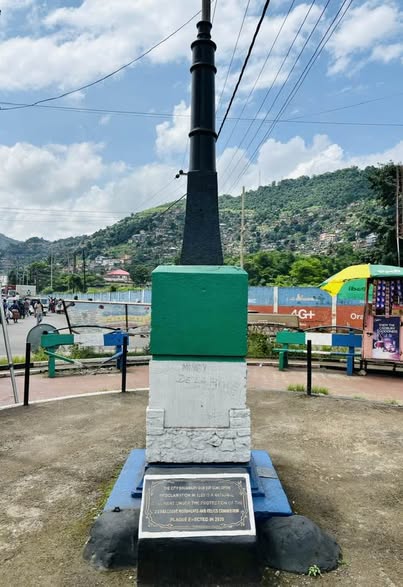Monuments
and Heritage Sites
Western Area.
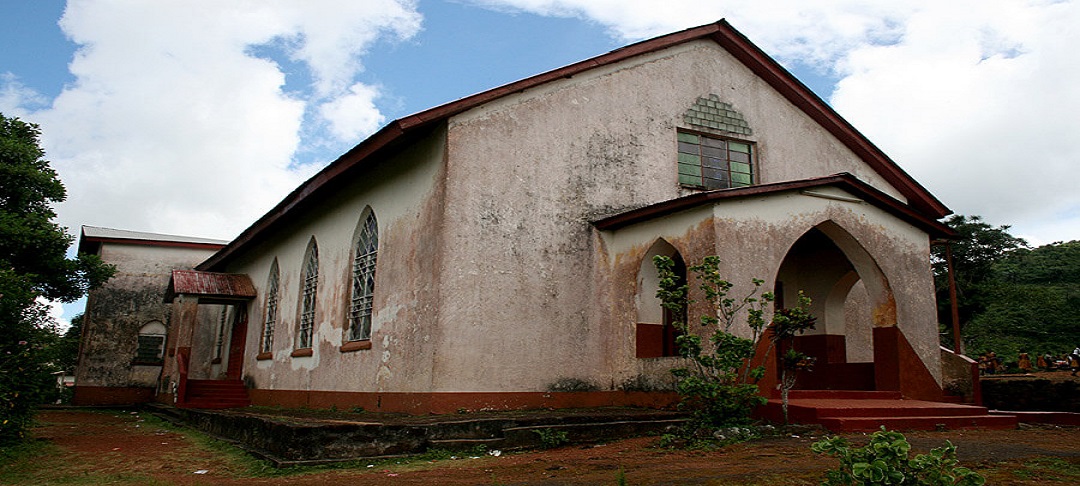
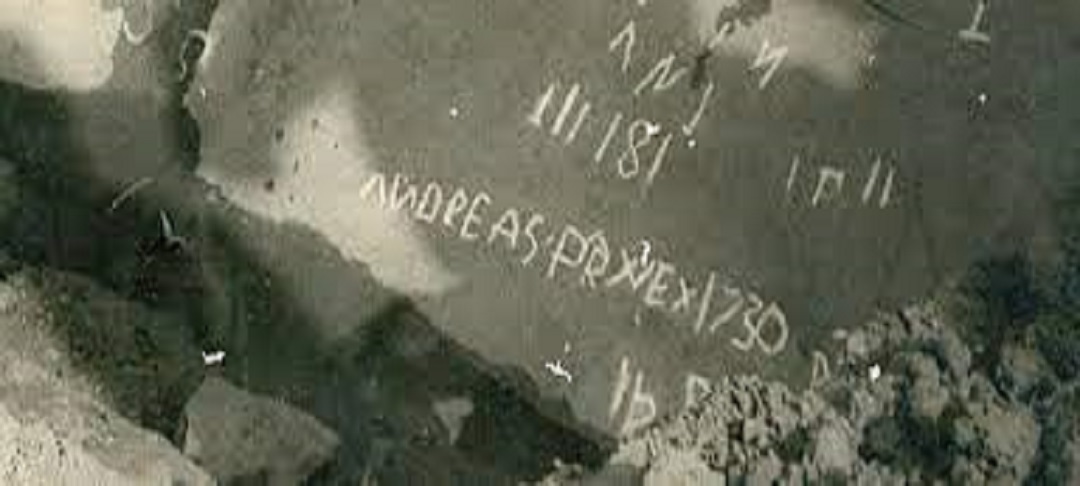
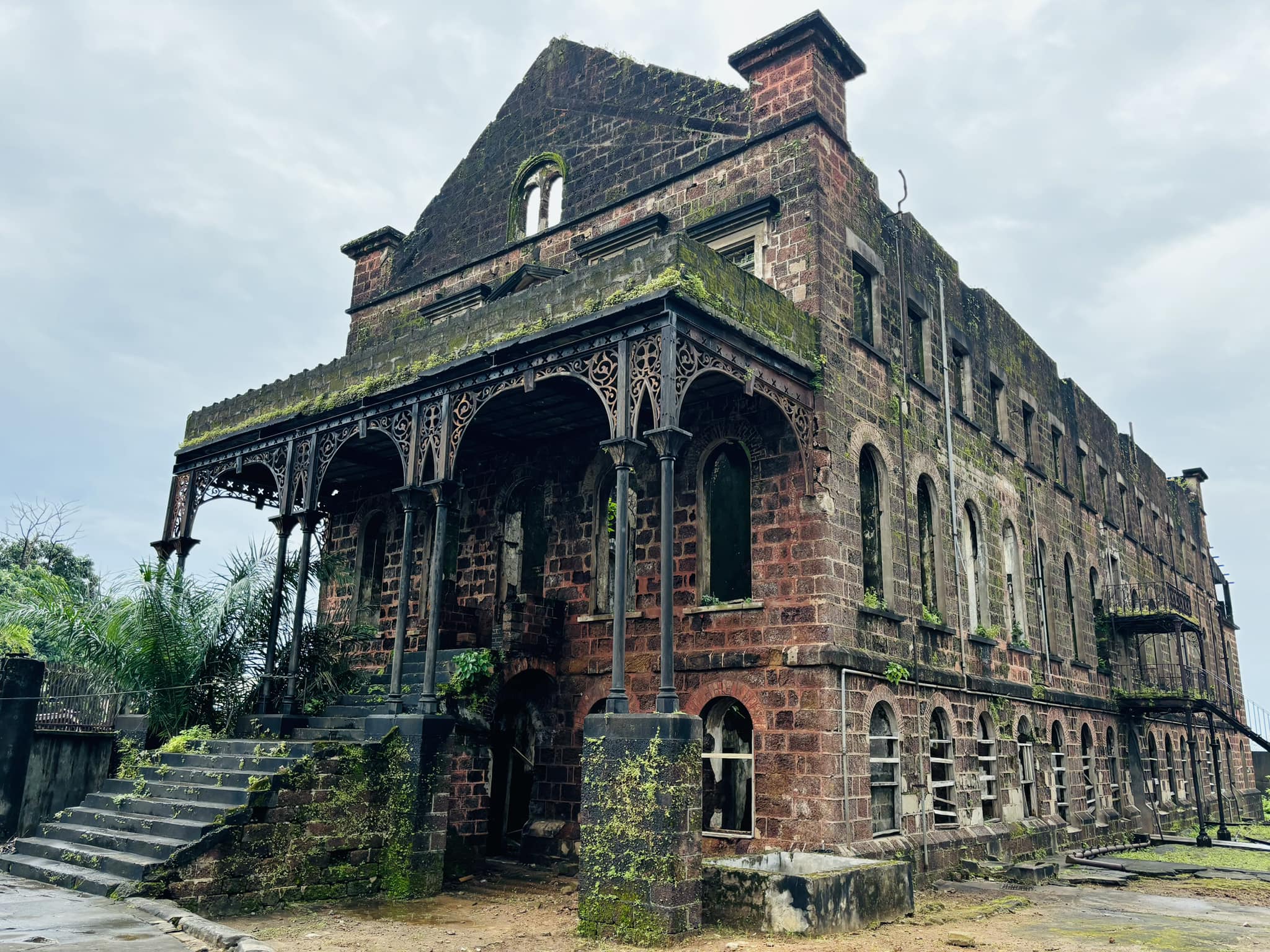

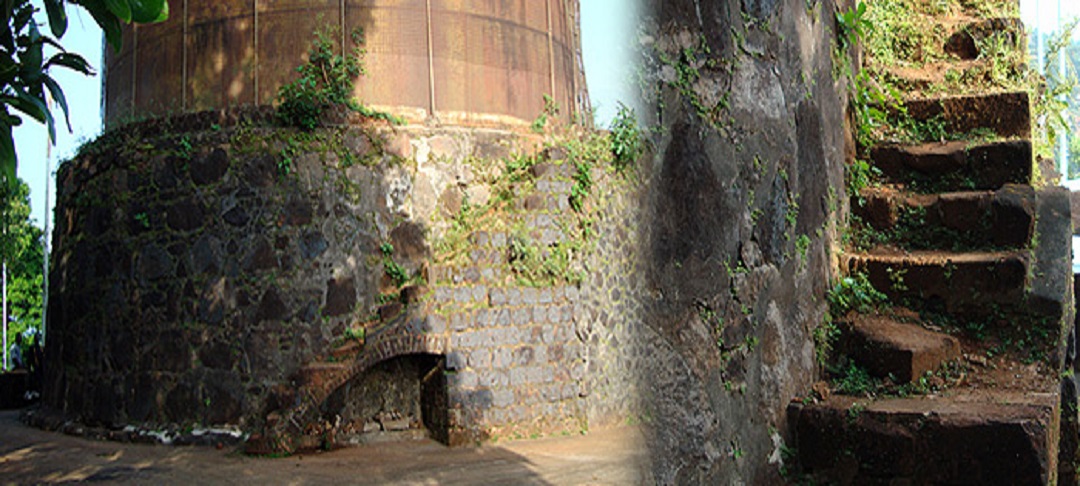
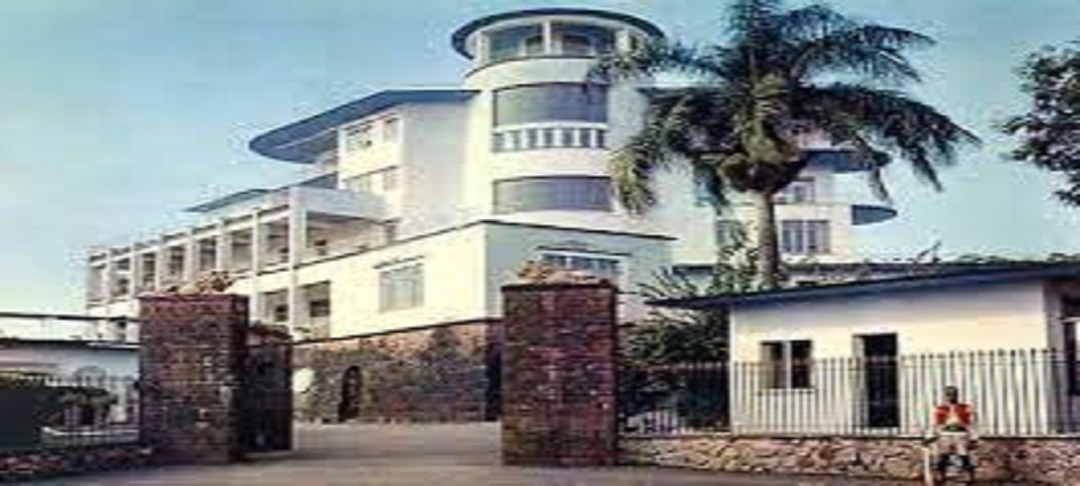
King Jimmy was originally a general market however when the Portuguese arrived, they turned it into a slave market. The area has been neglected for several hundred years and the Gullah Redemption Mission Sierra Leone (GRM-SL) has a project underway to revitalize this historic site
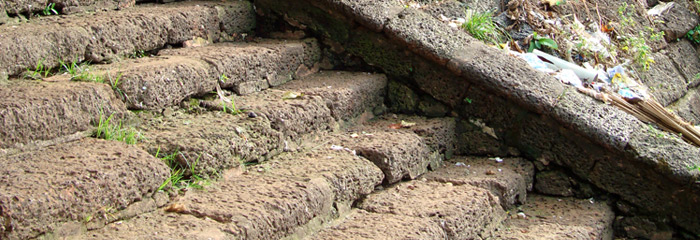
This is one of the oldest places of worship in the City dating from 1820 when the founder received a Crown Grant of the land between Percival and Liverpool Streets with frontage in Westmoreland Street [now Siaka Stevens Street]. The small white building surrounded by a low, white wall standing in its own grounds forms a welcome break in the monotony of Westmoreland Street. It is the only Church that bears the name of one of the original groups who formed this Colony, the Maroons from Jamaica, and it is in the part of Freetown originally allotted to them and called Maroon Town.
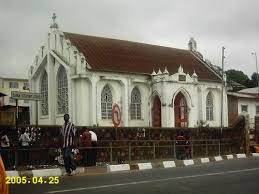

A Clay Factory was constructed in the East of Freetown where bricks were manufactured for the construction of a low cost housing facility in Freetown. The chimney of the brick burner, which is a high clay tower projecting into the sky above Kissy in an area now referred to as Clay Factory, stands strong
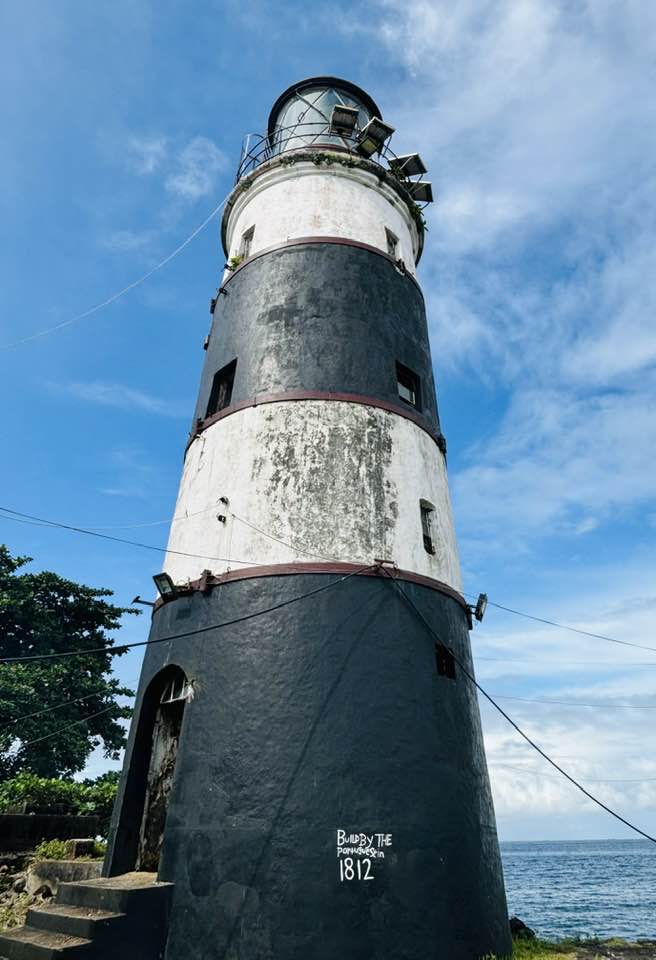
The Aberdeen Light House in Freetown is an old lighthouse located on the Aberdeen Cape. It was constructed in 1812 by the British a few years after Freetown became a British Colony and a cosmopolitan city. The Aberdeen Light House remains a magnificent infrastructure and great tourist attraction. It is presently on the list of sites recommended for proclamation as a monument.
The Upgun Cannon is one of Sierra Leone’s official monuments, proclaimed in 1953. The gun was initially erected in 1801 as a city marker establishing the boundary between Freetown and Granvilletown. It is located at a famous runabout in the east of Freetown now known as upgun. As a safety measure, not from firing but from damage, you will notice that the cannon at upgun is mounted in a vertical position.
